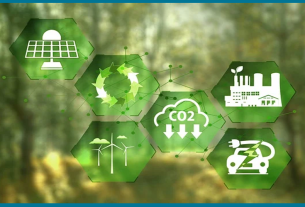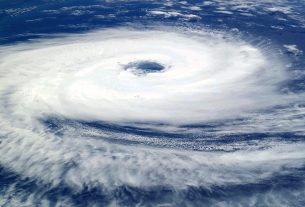Fiona Ralph, from Bowdoin College, discusses her article: Shifting seagrass-oyster interactions alter species response to ocean warming and acidification
The Why:
Eelgrass and oysters are ecosystem building species that both have economic, ecological, and cultural importance in Maine. Eelgrass populates much of the soft-sediment coastal subtidal in the Northern Hemisphere, which is also where most of the world’s oysters are farmed. Eelgrass and oysters can co-occur in Casco Bay, for example.
When grown in co-culture, oysters and seagrass have may offset the negative effects of climate related stressors on one another. This phenomenon, known as phytoremediation, has been seen in other parings of mollusks and marine plants as well. This is likely because mollusks need calcium carbonate to build their shells, and marine plants can remove carbon dioxide from the water column. Because large amounts of carbon dioxide can inhibit the production of calcium carbonate, marine plants can, in theory and in practice, increase shell growth in mollusks and other calcifying organisms.
Global ocean change, including rising sea temperatures and decreasing pH, will likely impact the interactions between eelgrass and oysters. As ocean temperatures increase, coastal waters are becoming simultaneously more favorable for raising oysters and less favorable for the health and survival of eelgrass meadows. The effects of the decline of eelgrass meadows and the benefits they provide to oysters and other organisms are currently unknown.
In this study, we sought to explore the impact of ocean change on this interesting relationship.

The How:
We grew Eastern oysters (Crassostrea virginica) and eelgrass (Zostera marina) together or independently in a manipulated system. We raised our subjects in seawater-filled bucket-based mesocosms. We simulated ocean conditions in coastal Maine in the year 2100 by heating or bubbling CO2 into the seawater. We spent our summer monitoring the mesocosms, cleaning the buckets, and taking weekly pH and temperature measurements. At the end of the summer, we collected various eelgrass and oyster growth metrics including shoot length, shoot density, belowground biomass, and condition index.


The What:
The facilitative relationship between oysters and eelgrass that exists under ambient (current) conditions became muddled under future conditions (higher temperature and lower pH). We saw that in ambient conditions both partners benefitted from co-culture, but when any future ocean stressor was added, that positive interaction was lost or possibly even reversed.
Under ambient conditions, oyster presence increased eelgrass leaf growth by 35% and clonal reproduction (a way of measuring changes in meadow density) by 38%. Oysters exposed to eelgrass in ambient conditions saw decreases in the Oyster Condition Index: they were devoting more energy to shell growth than tissue growth.
Under future ocean conditions with higher temperatures and lower pH, oysters’ positive impact on eelgrass growth disappeared. In these same conditions, oysters saw an increase in Oyster Condition Index by 36%, meaning they spent more energy building up their tissue.
These findings illustrate how susceptible species interactions are to global environmental change. In many cases such as this one, the impacts of warming and acidification can compound on one another to alter these relationships.


